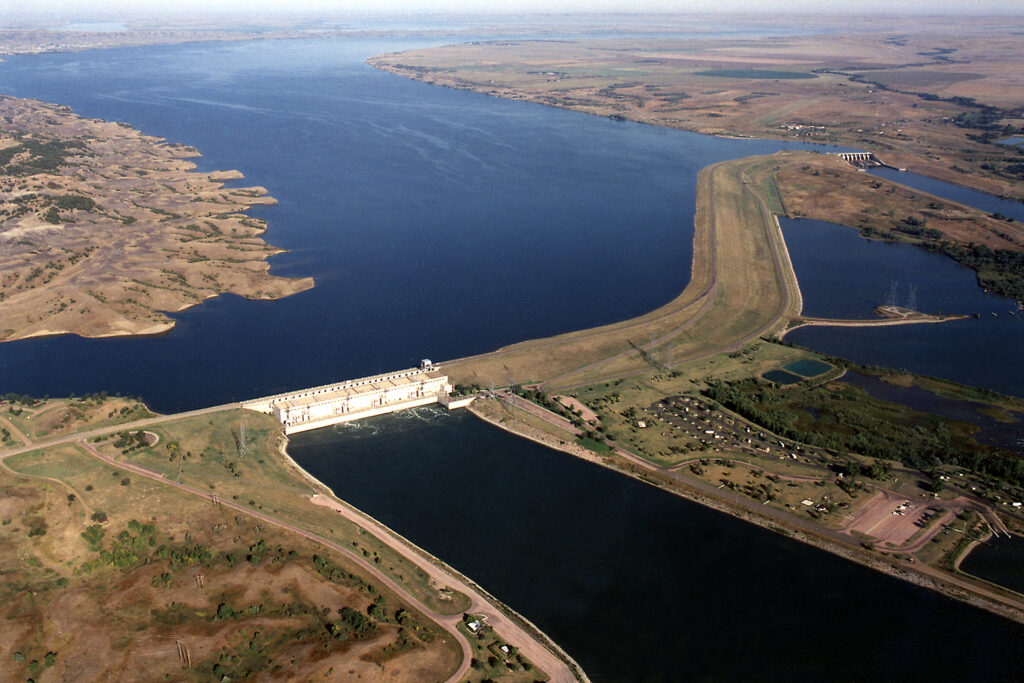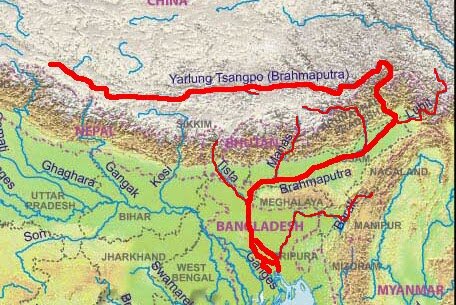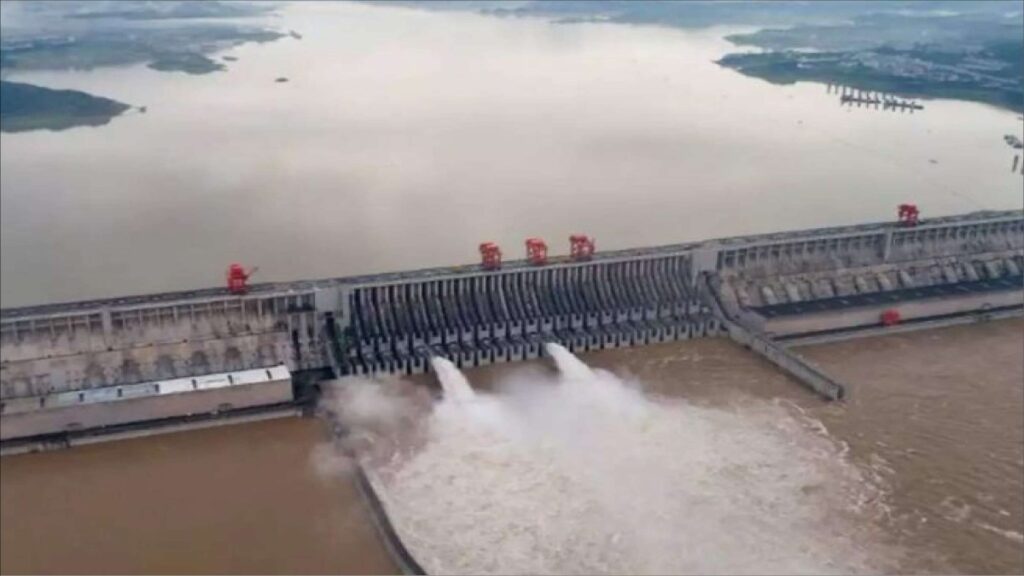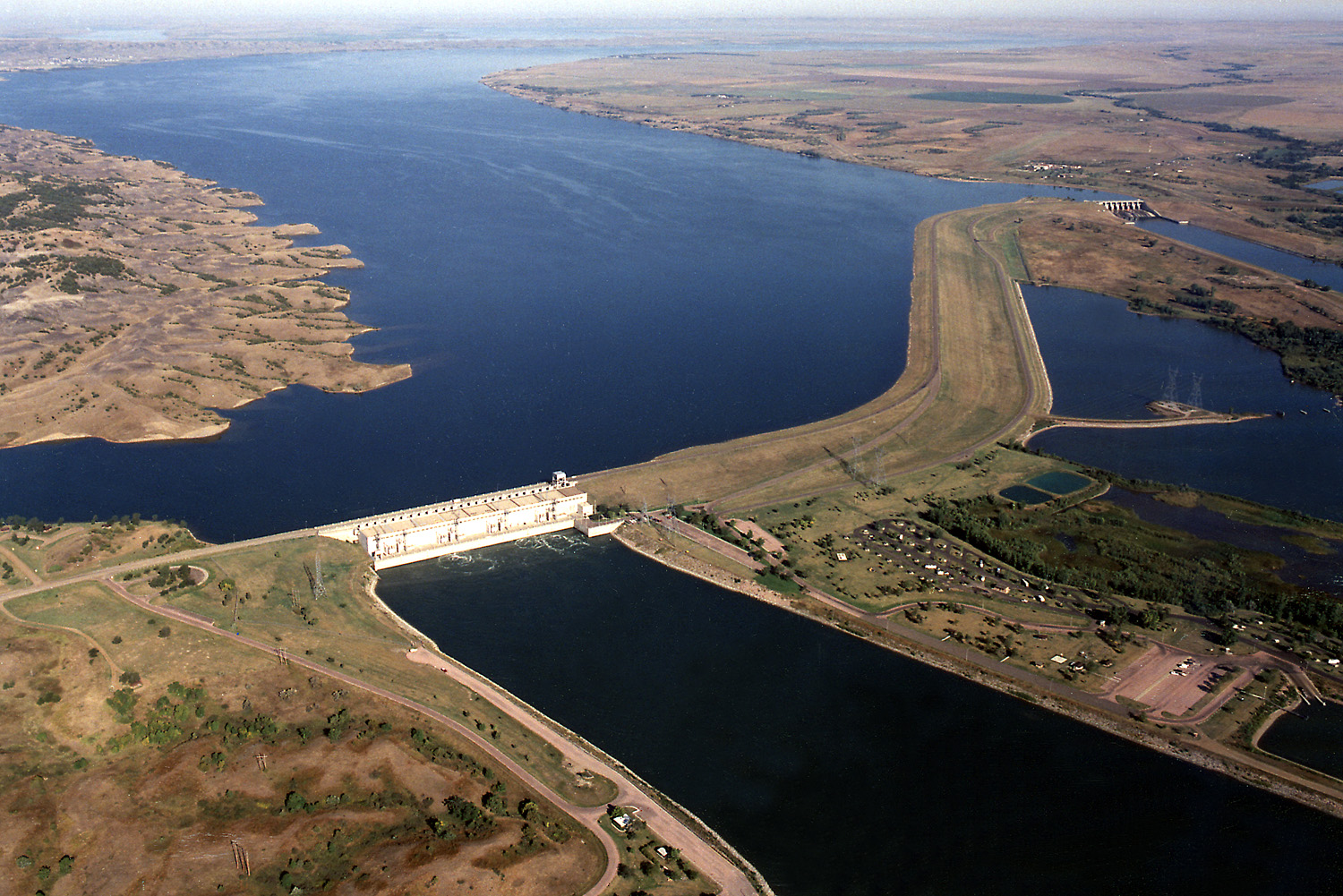
China’s proposed Great Bend Dam on the Brahmaputra River could significantly boost its capacity to manage and manipulate water flows into India, according to a report by the Australian Strategic Policy Institute (ASPI) titled “The Geopolitics of Water: How the Brahmaputra River Could Shape India-China Security Competition.” The Great Bend, where the river takes a dramatic 3,000-meter plunge through a gorge before flowing into India’s Arunachal Pradesh, is identified as a key site for hydropower development.
The ASPI report outlines four likely strategic impacts of the proposed dam. First, it would likely consolidate Beijing’s political control over its remote border regions. Second, the dam could affect human settlement and economic patterns on the Indian side of the border, particularly in areas downstream.
Third, the dam would grant China significant control over water and data that it could potentially use as leverage in unrelated negotiations with India. Finally, the strategic positioning and scale of the dam would enhance China’s ability to influence regional dynamics by managing water resources more effectively.

India-China water data-sharing arrangement
India and China first signed a water data-sharing agreement for the Brahmaputra in 2002, which initially lasted five years. This agreement, involving periodic sharing of “hydrological information on Yaluzangbu/Brahmaputra River during flood season,” was renewed in 2008, 2013, and 2018.
However, the ASPI report highlights that during the clashes between the two countries’ troops along the Line of Actual Control (LAC) in 2017 and 2020, Beijing temporarily halted the sharing of water data with New Delhi. The Memorandum of Understanding (MoU) governing this arrangement expired in June 2023 and has not been renewed since.
According to an official Indian statement, the MoU is “under process of renewal through diplomatic channels.” Nevertheless, the ASPI report notes that a major concern is that the document is not legally binding, which could undermine its effectiveness in ensuring consistent data sharing.

China’s proposed Great Bend dam: What are its strategic implications?
From New Delhi’s national security standpoint, China’s ability to carry out strategic flooding in India’s northeast represents a serious threat to India’s access to the Line of Actual Control. The ASPI report emphasizes that China’s aggressive hydropower projects, including the proposed massive dam at the Great Bend, could have severe downstream ecological and demographic impacts. Such developments are likely to worsen conditions in lower riparian states like India and Bangladesh.
The report also notes that water issues provide China with an additional political lever in its negotiations with India. This dynamic underscores how control over water resources can influence broader geopolitical relations and strategic interests.

Ways to deter China-led strategic flooding in India
Under the 1997 UN Convention on the Law of the Non-Navigational Uses of International Watercourses, the upper riparian nation—China in this case—is obligated to provide prior notice and detailed technical information about any planned interventions. This includes considering the concerns of lower riparian states, engaging in advance consultations, and adhering to the principle of avoiding substantial harm or significant injury to those downstream.
The ASPI report suggests that the US and other allies could use international legal frameworks to argue that China needs to act with greater cooperation and transparency to protect India and Bangladesh. Additionally, the report proposes creating an open-source, publicly accessible satellite data repository, similar to the Mekong Dam Monitor in Southeast Asia.
Such a repository would enable India to better navigate border negotiations and manage water resources to safeguard military assets and downstream communities. For Bangladesh, it would help identify the sources of its water issues, providing Dhaka with a more informed stance in discussions with China regarding water projects.















Leave a Reply